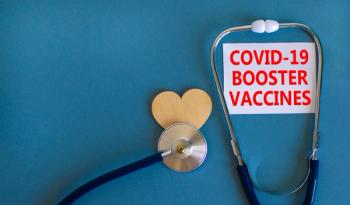
Diabetes Rate in Children, Teens Increased in the Onset of the COVID-19 Pandemic
In the first year of the pandemic, there was a 14% rise in the diabetes rate in children. In the second year, the rate rose 27% from pre-pandemic levels.
Increased rates of type 1 diabetes and diabetic ketoacidosis (DKA) in children and teens during the COVID-19 pandemic and beyond, were found in a recent
In the first year of the pandemic, there was a 14% rise in the diabetes rate in children. In the second year, the rate rose 27% from pre-pandemic levels, the study said.
Researchers of the study sought the need to compare the incidence rates of pediatric diabetes in children 19 years and younger during and before the pandemic as rates of pediatric diabetes increased.
However, findings suggest there remains a need to explain the reasonings behind this growing rate in children and young adolescents.
In the systematic review and meta-analysis, electronic databases were reviewed between January 1, 2020, and March 28, 2023, using subject headings and text word terms related to COVID-19, diabetes, and DKA.
There were 42 studies that included 102, 984 incident diabetes cases that were also reviewed. The meta-analysis of type 1 diabetes incidence rates included 17 studies of 38,149 youths and showed its rate was 1.14 times higher in the first year and 1.27 times higher in the second year of the pandemic.
Rates of reported DKA incidence were also 1.26 times higher during the pandemic compared with before.
Data suggests that incidence rates of type 1 diabetes and DKA at diabetes onset in children and adolescents were higher after the start of the COVID-19 pandemic than before the pandemic.
Though it remains unclear what causes these increased rates, researchers suggest the possibility that COVID infection contributes to dysregulation of glucose metabolism, which can cause damage to B cells that fight off infection.
Researchers also suggest changes in lifestyle, in the pattern of non-COVID-related infections or increased stress and social isolation, could increase the risk of developing diabetes.
It’s suggested that future studies examining longer-term trends of diabetes may assess whether the increased incidence rate of type 1 diabetes continued and whether there was an increased rate of pediatric type 2 diabetes.
A better understanding of the possible effects of COVID infection and its association to diabetes in children and teens is encouraged.
Newsletter
Get the latest industry news, event updates, and more from Managed healthcare Executive.





















































